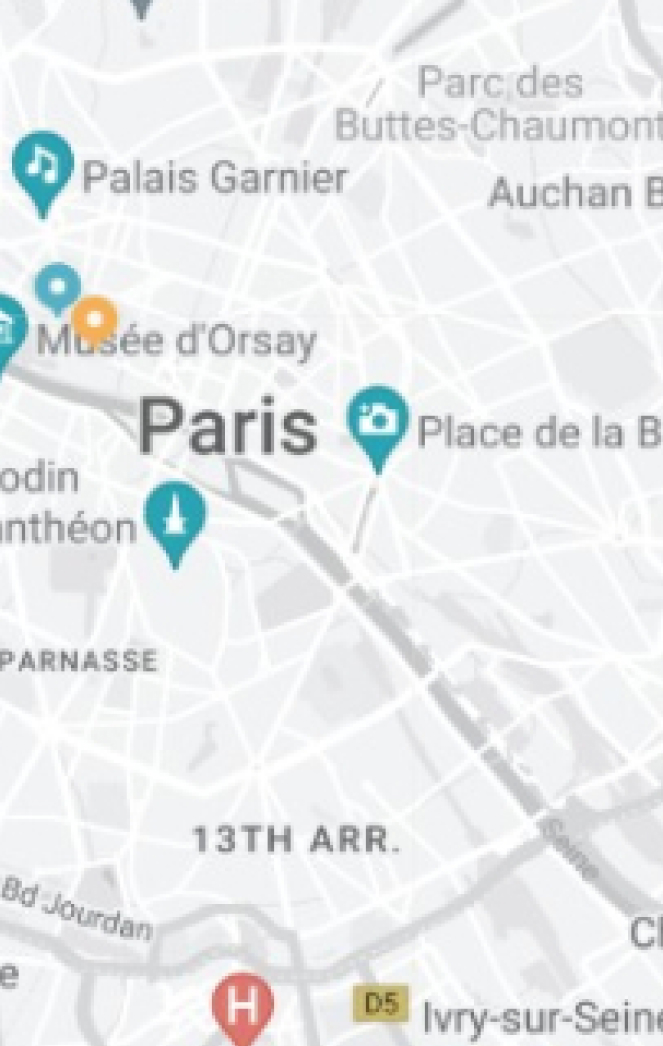Known For
Mount Koya is a sacred mountain and a center of Buddhist study and practice in Japan. It is known for its numerous temples, pilgrimage routes, and serene atmosphere.
Mount Koya
The headquarters of the Shingon Buddhism sect, Kongobuji Temple is one of the most important temples in Koyasan. Visitors can explore the beautiful garden and main hall of the temple.
Kongobuji Temple
One of the largest cemeteries in Japan, Okunoin is a sacred site where the mausoleum of Kobo Daishi, the founder of Shingon Buddhism, is located. The cemetery is surrounded by ancient cedar trees and has a mystical atmosphere.
Okunoin Cemetery
A complex of temples and halls that serves as a center for religious activities in Koyasan. Danjo Garan includes Konpon Daito, a large pagoda that offers panoramic views of the area.
Danjo Garan Complex
Staying overnight at a shukubo (temple lodging) is a unique experience in Koya-cho. Visitors can participate in morning prayers, enjoy vegetarian meals, and experience the peaceful atmosphere of a Buddhist temple.
Shukubo Temple Lodging
The grand entrance to Koyasan, Daimon Gate is a historic landmark that marks the start of the sacred area. It is a popular spot for taking photos and learning about the history of Koyasan.
Daimon Gate
A scenic walking trail that connects various temples and shrines in Koyasan. The trail is lined with stone markers called choishi that guide pilgrims on their spiritual journey.

 Accounts
Accounts
 Travel Goals
Travel Goals
 Saved
Saved
 Subscription
Subscription
 Currency
Currency
 Settings
Settings
 Sign out
Sign out


 Burna.Boy@gmail.com
Burna.Boy@gmail.com


































